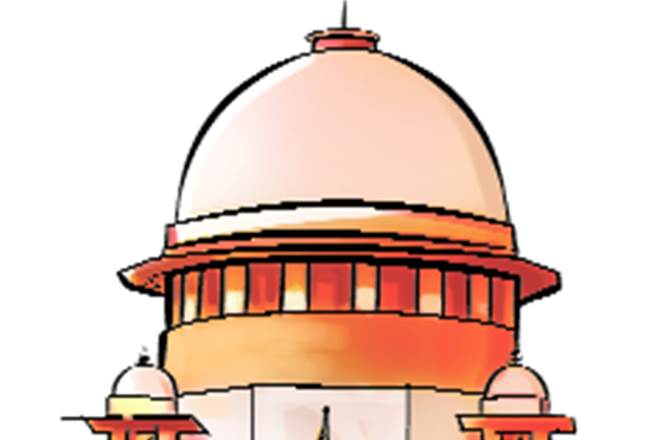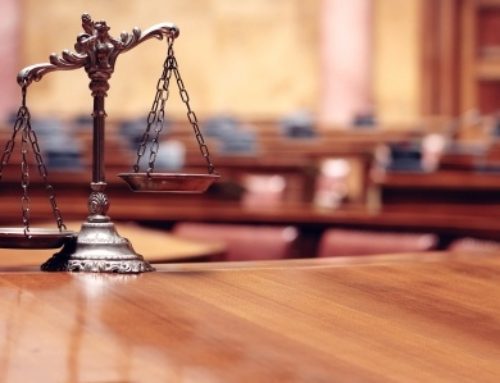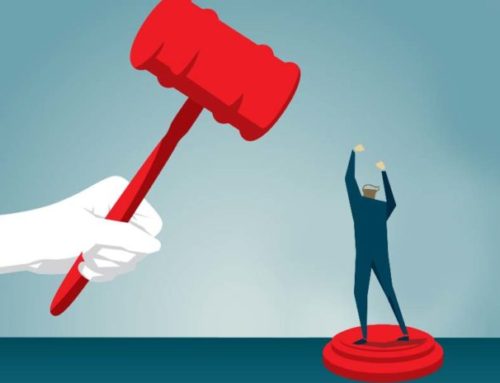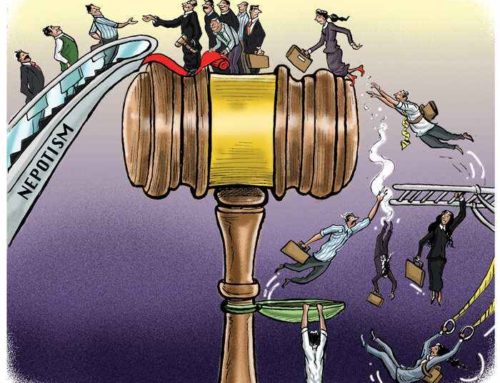On August 6, 2018, the Supreme Court’s guidelines for the designation of Senior Advocates were released without much ado about anything. A shocking predicament for a set of guidelines meant to revolutionise the process of designation is revealed by Sughosh Joshi, who takes a closer look at them to determine how far do they take us towards having objectivity in the selection processes. He finds that the resulting process is far from being satisfactory.
The Supreme Court of India on 6th August this year notified the ‘Supreme Court Guidelines to Regulate Conferment of Designation of Senior Advocates, 2018.’ This was in furtherance of the decision given by the Court in the Writ Petition filed by senior lawyer Ms. Indira Jaising in 2015[i] ‘to prevent monopolistic practices and to bring transparency in the process of designation of Senior Advocates’. Ms. Jaising had argued that the designation must be based on ‘objective materials’, and not merely on the basis of ‘subjective satisfaction’ of the Court. The constitutionality of these very designations was also challenged in another Writ Petition in the Delhi High Court.[ii] Although the Court dismissed the Constitutional challenge, it recognised that the existing system was flawed and that better rules were necessary.
The guidelines provide for the formation of a permanent committee called the “Committee for designation of Senior Advocates” to recommend names of advocates for designation. This committee is to be chaired by the Chief Justice of India. Other members would include two senior-most Supreme Court judges, the Attorney General and a member of the Bar nominated by the aforementioned four members.
Under the Guidelines, two paths are identified for designations: first, the Committee suo moto considers an advocate worthy; or second, the Committee receives applications from advocates desirous of designation. The Guidelines have attempted to introduce a sense of ‘objectivity’ in the process by creating the following table of criteria to determine who to designate as a Senior Advocate:
| Sr. No. | Criteria | Number of Points |
| 1. |
Number of years of practice of the Applicant Advocate from the date of enrolment. [10 points for 10-20 years of practice; 20 points for practice beyond 20 years] |
20 |
| 2. |
Judgments (Reported and unreported) which indicate the legal formulations advanced by the concerned Advocate in the course of the proceedings of the case; pro bono work done by the concerned Advocate; domain Expertise of the Applicant Advocate in various branches of law, such as Constitutional law, Inter-State Water Disputes, Criminal law, Arbitration law, Corporate law, Family law, Human Rights, Public Interest Litigation, International law, law relating to women, etc. |
40 |
| 3. | Publications by the Applicant Advocate. | 15 |
| 4. | Test of Personality & Suitability on the basis of interview/interaction. | 25 |
While the Court’s recognition of flaws in its system is laudable, the alternative offered is only a meek step towards objectivity. Ideally, truly objective indicia would lead all members of the Committee to independently arrive at a similar decision on the approval of an Advocate. The subjective markers discussed below make a truly objective determination. The characterization of the notion of the ‘perfect’ candidate – an Advocate who acquires 100 points – is missing in the current guidelines. A 100-point worth Advocate cannot be defined with the new system; it is further not clear whether this would be an absolute system of grading or a relative one. The impression one is left with upon a perusal of the guidelines is that there is potential for arbitrary numbers to be assigned making the guidelines a roundabout route to preserve the existing process. In consideration of the guidelines, the following observations come immediately to mind:
First, the number of years of practice is the only truly objective criterion. There is no set formula for assigning points to Advocates under other criteria. The system also does not provide for a scale regarding the maximum and minimum points that can be awarded for considerations identified within each category. For example, in the second criterion pertaining to judgments, there is no clarity regarding whether a candidate with a diverse practice or the one with a pure focus on public interest litigation and pro-bono practice will get more points, or for that matter if all three factors identified therein will be given equal weightage. Similarly, it is impossible to have one answer regarding value of legal formulations advanced by these candidates. Ultimately, the Committee is vested with more than ample discretion to decide what goes into these formulations.
Secondly, the criterion of publications is objectively vague. I submit that it suffers from acute ambiguity at two levels. At one level, it is silent as to the nature of publications that would be acceptable. Would a publication in a newspaper, which serves to inform the citizenry about the law, be considered superior to a journal article engaging with the technicalities of the law? Or would only journal articles and book publications be relevant for this head? Or, would there be differential weightage afforded to each of these types of publications? None of these questions are answered. At the second level, there is no stipulation as to the quality of publications. The sense that one gets from this criterion is that quantity is to be preferred over quality. While I acknowledge the difficulty the Committee might face with a requirement to engage in more than a prima facie review of an application, given the prevalence of farcical journals and publications that go around, some markers are quality of the publication are necessary. Further, in a world where significant amount of information is available on the internet, it is not certain if publication on blogs, increasingly relied on by practitioners (even in court!) shall be considered for this criterion.
Thirdly, in what may be described as an open disregard for objectivity, the Guidelines also require the Committee to interview the advocates being considered for designation and 25 points have been reserved to test the personality and suitability of an advocate through the same. Moreover, it appears to disregard the motivations behind these designations in the first place. The Supreme Court had earlier noted that the designation of a Senior Advocate is the “recognition of qualities of merit and ability.”[iii] Section 16 of the Advocates Act, 1961 lays down that the qualities for such eligibility for the same are his/her “ability, standing at the bar or special knowledge or experience in law.” Reading the two together, there seems to be a conspicuous lack of nexus between any of those qualities enlisted in Section 16 and the test of personality and suitability, thus rendering this criterion seemingly unnecessary.
Finally, questions of transparency are yet to be answered. The method of allotment of points to a fixed set of criteria does not take away the possibility of nepotism and only helps put a quantifiable number to the hitherto non-quantifiable arbitrariness. Further, it must be noted that the Committee may only make recommendations. This leaves the final decision to the judges of the Supreme Court and could lead to situations where the suggestions of the Committee are ignored. In addition, applicants that face rejection have no way of knowing the basis for the same, as these score sheets are not required to be disclosed. In this breath, it may also be said that the guidelines smack of a sheer lack of transparency. All in all, the reforms are seemingly aligned solely at adding an intermediary step in the designation process.
With all its flaws, it must nevertheless be admitted that the new system brings a semblance of objectivity to the manner in which designation of Senior Advocates in the Supreme Court takes place. Hopefully, the Court will gradually take into account that subjectivity concerning all but one of the criteria, and shall continue taking strides towards making the system more transparent and objective. Until then, the new guidelines make fresh demands on us to repose faith in the fairness of the judicial administration of the legal profession.
[i] Writ Petition (C) No. 454 of 2015.
[ii] Writ Petition (C) No. 6331 of 2016.
[iii] Writ Petition (C) No. 454 of 2015, at ¶ 23.
Sughosh Joshi is a III year B.A.,LL.B. (Hons) Candidate at NALSAR University of Law, Hyderabad.








Leave A Comment